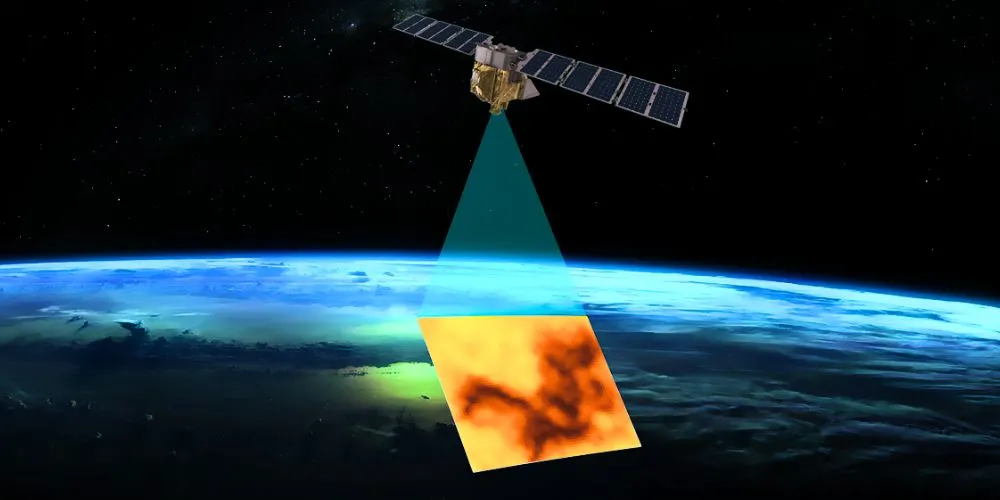MethaneSAT, a high-profile satellite designed to track harmful methane emissions, has been lost in space. The Environmental Defense Fund (EDF), which led the mission with backing from the Bezos Earth Fund, announced that its ground team lost contact with the spacecraft on June 20. After days of trying to reconnect, the team learned on July 1 that the satellite had completely lost power and is likely gone for good.
The satellite’s loss is a significant setback for climate scientists. Methane is the second-biggest contributor to global warming, and MethaneSAT launched just this past March to pinpoint emission sources from the oil and gas industry, agriculture, and waste. The mission aimed to hold countries accountable for their promises to cut methane pollution by providing precise, publicly available data.
However, the mission was not a complete failure. In its short time in orbit, MethaneSAT sent back valuable data. The EDF team said these observations provided “critical insight” into methane releases from oil and gas regions.
More importantly, the project forced scientists to develop powerful new software and algorithms, with help from Harvard and Smithsonian experts, to analyze the satellite’s readings.
Even without the satellite, this groundbreaking work will continue. The team plans to continue processing the data they received and will share the software they developed with other scientists. This knowledge can be applied to future climate-monitoring missions, ensuring that the legacy of MethaneSAT will endure despite its brief life in space.















